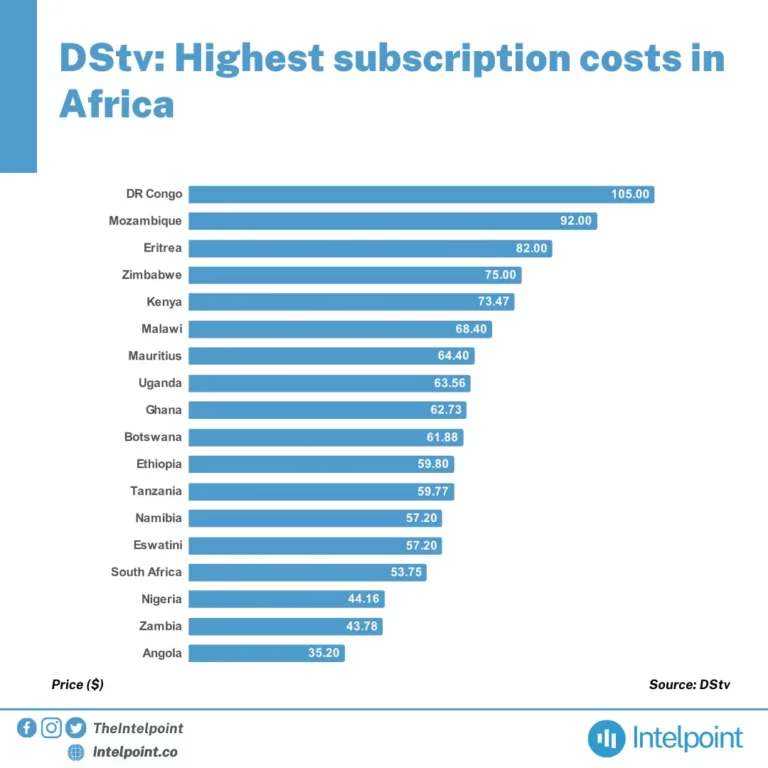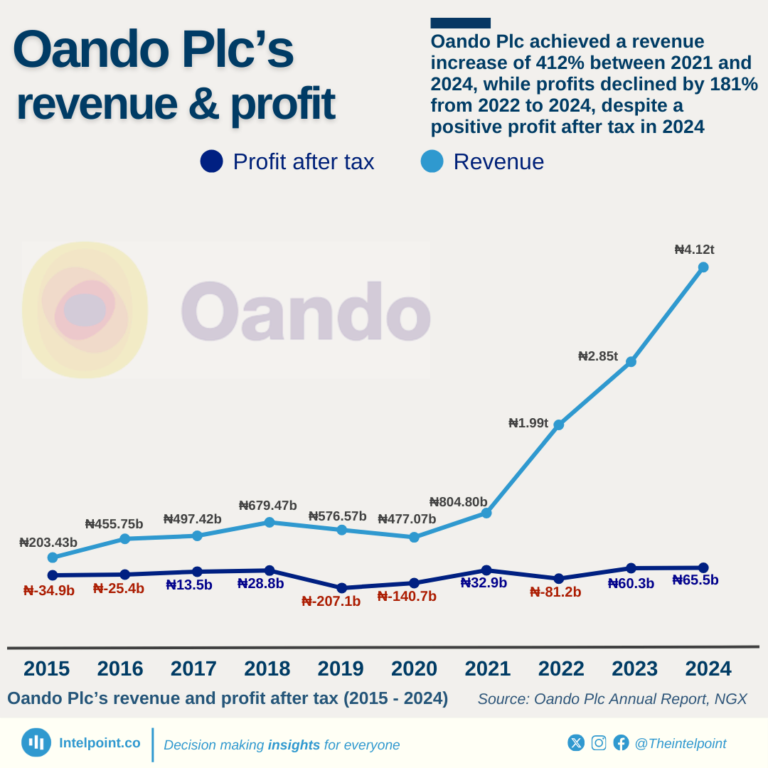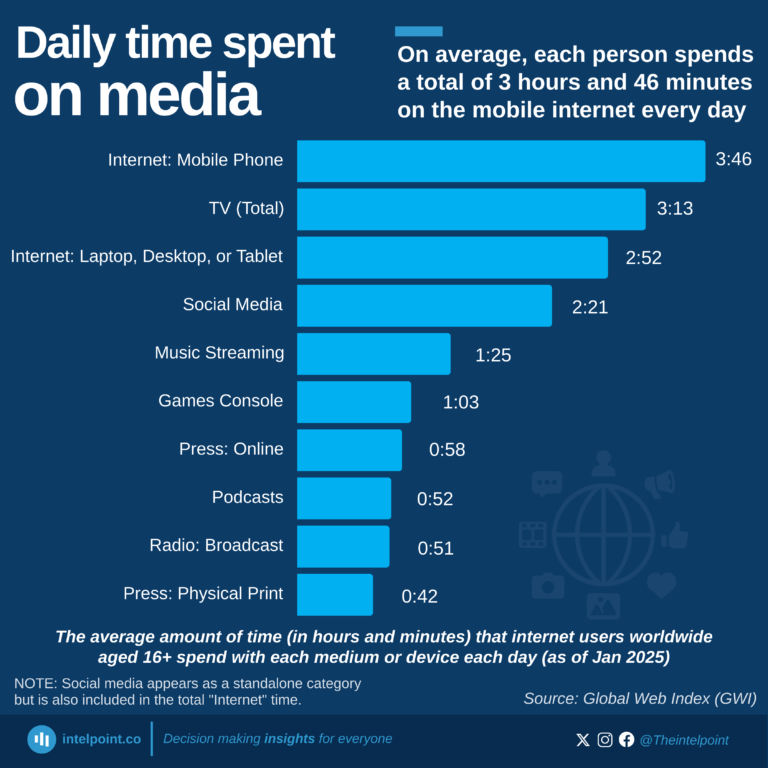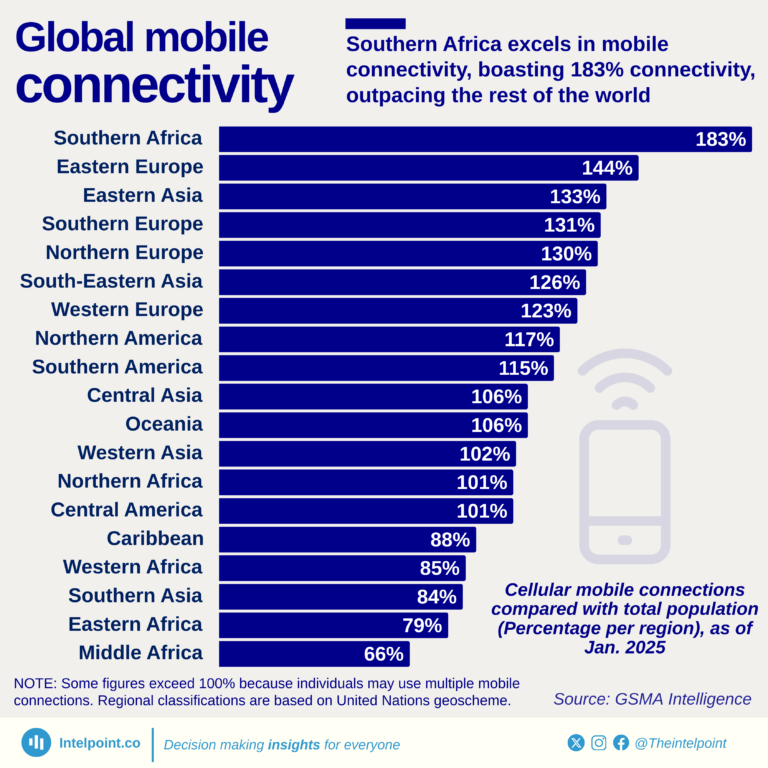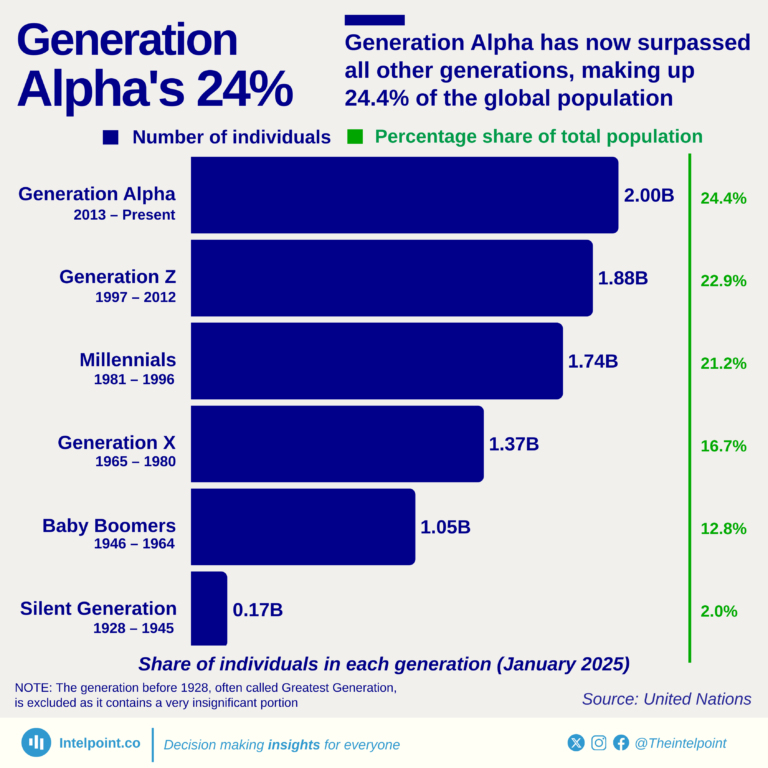
According to UNESCO, low-budget movies from Nigeria and other African countries account for most of the films produced annually in Africa. Here is a breakdown of the estimated number of films produced annually, private television channels, and cinema screens by African region.
